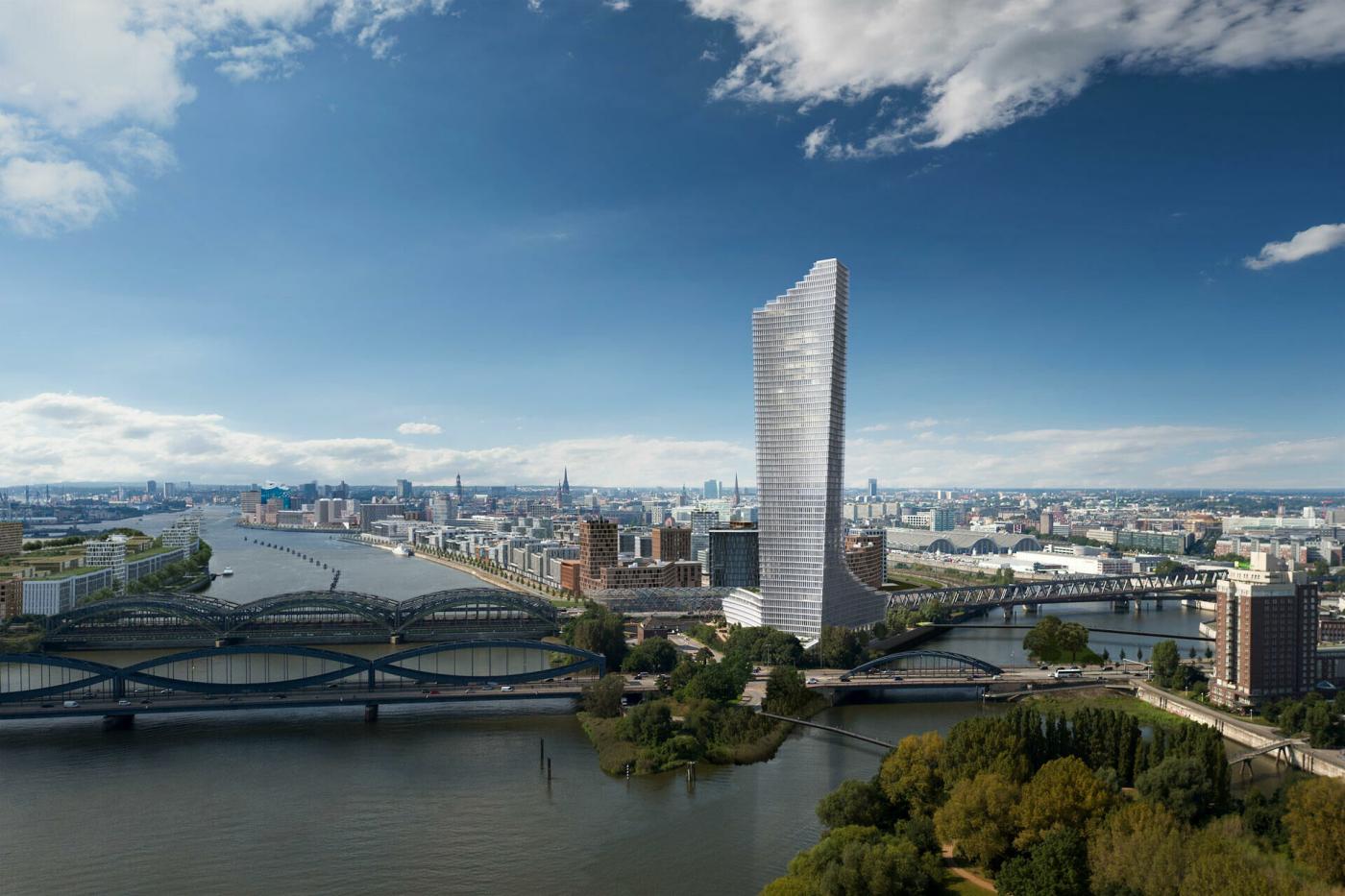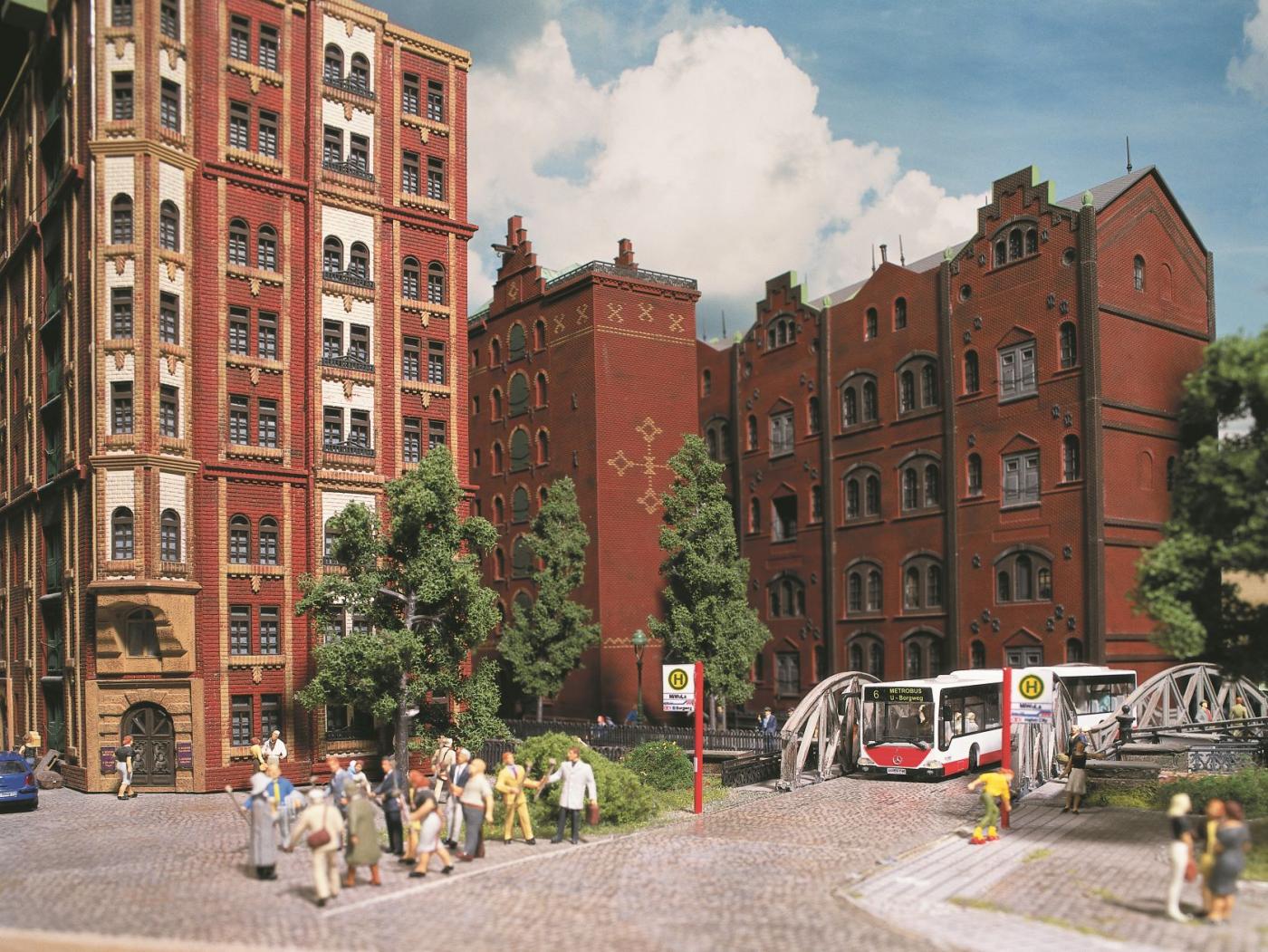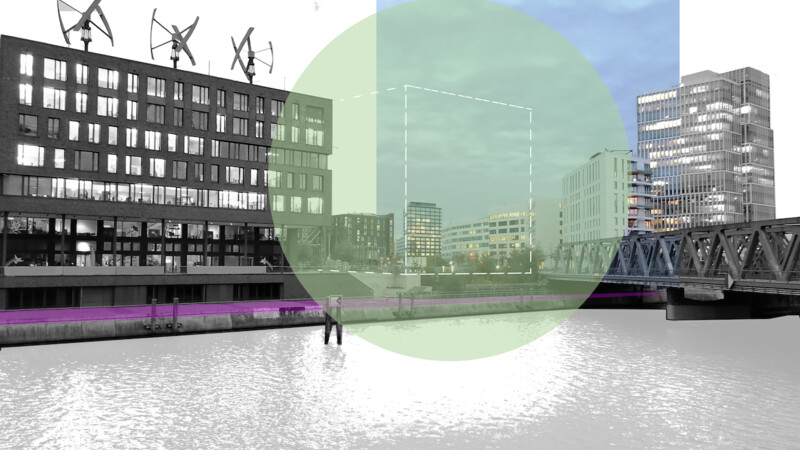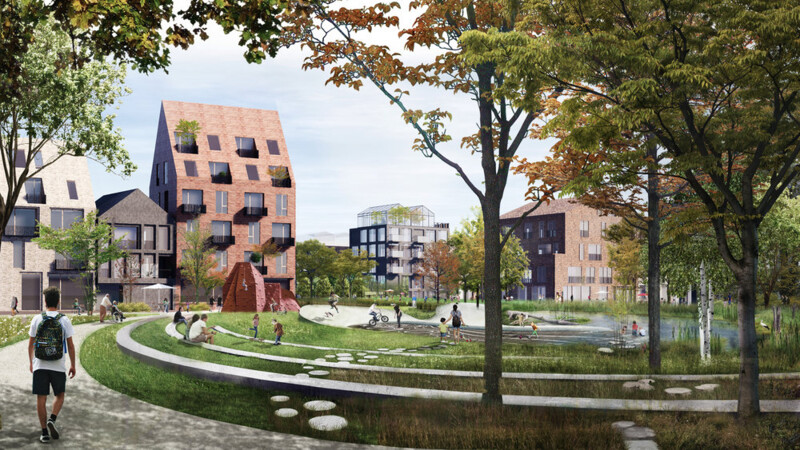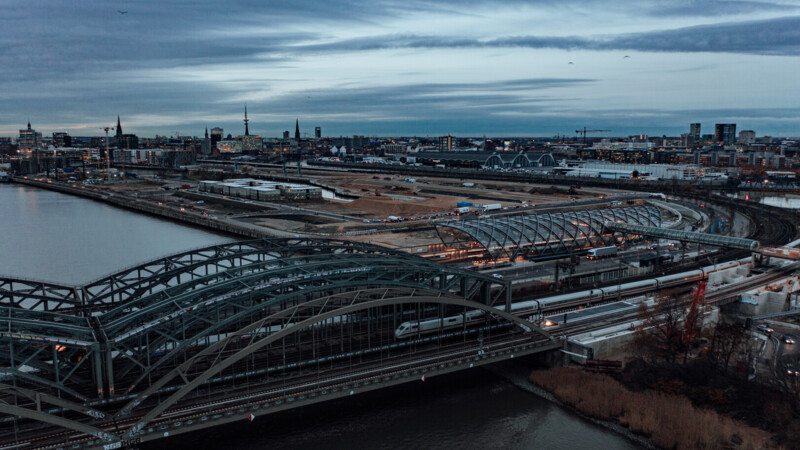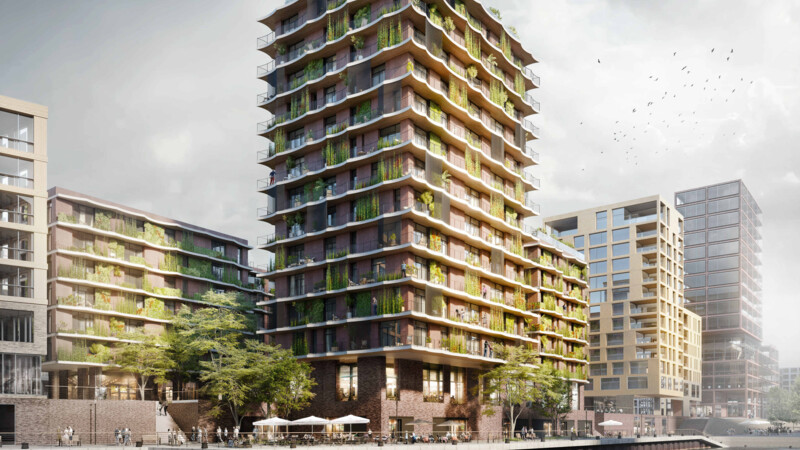Today's HafenCity consists of ten, mixed-use quarters for residential, work, cultural and leisure purposes. A milestone is likely a new, innovative ensemble of buildings in the Elbbrücken Quarter in the east. Around 600 rental and owner-occupied apartments and an international, subsidised student hostel with around 260 apartments will go hand in hand with a nursery school and space for commercial and catering businesses. The various construction phases are due for completion between the end of 2024 and early 2026. Upcoming highlights include Europe's largest "Digital Art Museum" to be built on a 7,000 square metre site. Art lovers will then be able to admire the works of the artists in the Team Labs collective.

